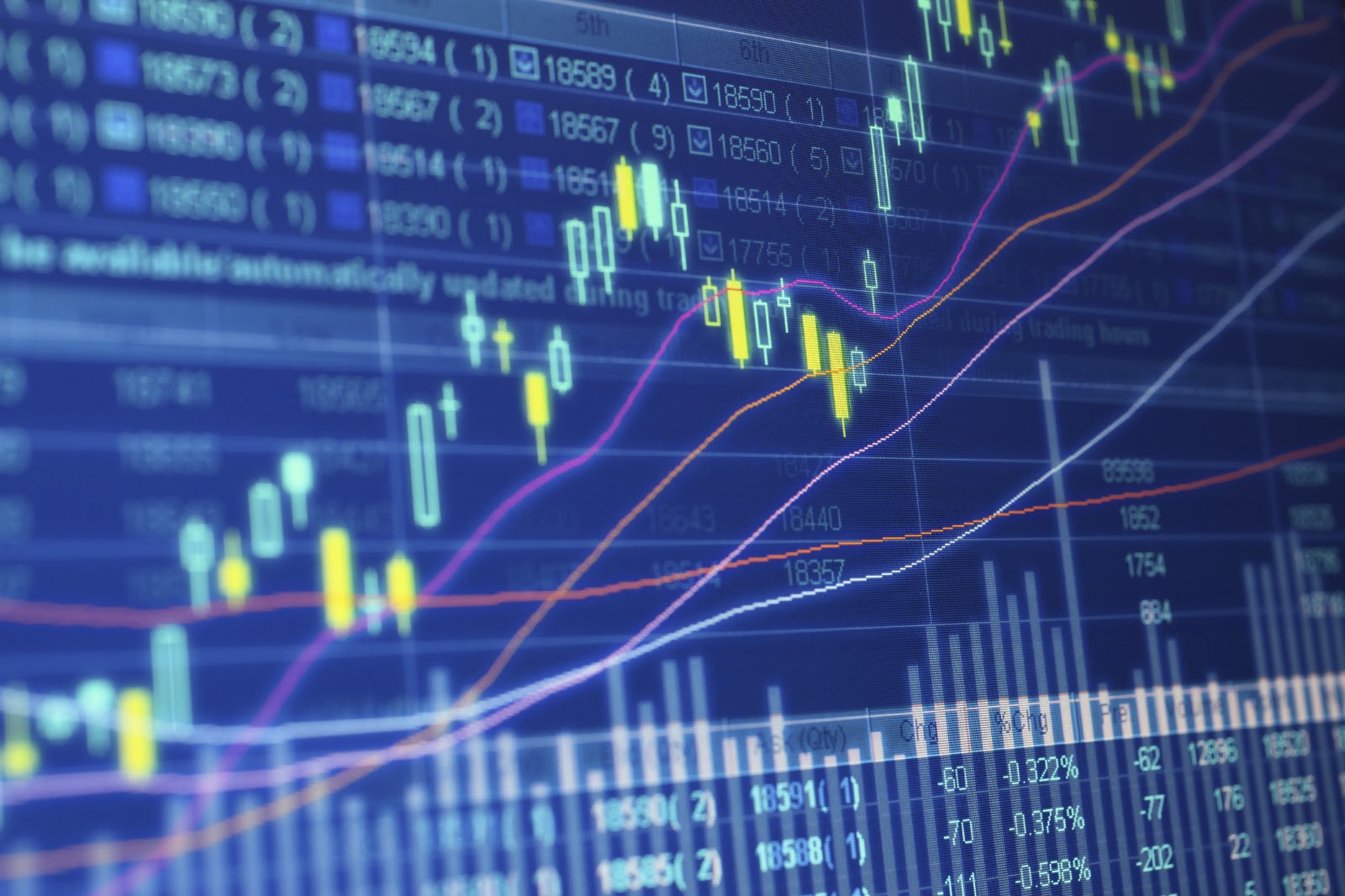The contract for difference is the financial agreement where the transaction operations are carried out without necessarily owning the assets used. The participants use the assets, which are not theirs. They only get involved in the transactions according to the movement of the prices of the shares and not on the stock. The CFD trading operates in such a way that whenever the price of the share increases, the person selling the share pays the person purchasing the share the difference in price of the share during the trade. The buyer is only paid the difference and not the general price of the share.
In a case of a situation where the trade is closed, and price of the share is low, the buyer pays the seller the difference in the price. During the CFD trade, the assets are not normally transferred from one person to the other. Only the changes in the monetary value are worked on. The traders only receive the difference in the monetary values. The actual share price normally equals to the price of the CFD. In CFD trading, the higher potential gains are always accompanied by the higher potential loss.
CFD trading has got higher leverage and lower margin requirement as compared to other trading types in the market. When the traders lack enough money to be used in trading more shares, they always get it so easy to borrow the money from the brokers in the market. The process of money borrowing in CFD trading does not involve much of the requirements.
In CFD trading, there is a standard margin requirement of two percent. This is lower than it is in other types of trading in the world. The underlying asset controls the actual margin of trade. The high value of the underlying asset contributes to the increase in the exact margin requirement. The typical margin for trading shares is always very high. The margin value reflects the start capital requirement of an investor. The lower margin means that the start capital requirement is low.The high margins also mean that there is high start capital requirement.
The CFD trading provides very great potential returns according to the starting capital of the trader. The high starting capital contributes to the achievements of high potential returns. The only disadvantage of this is that the losses in this trade can multiply faster to a value that is higher than the starting capital invested by the trader.
The brokers in CFD trading mostly encourage the traders to pay for the difference between the bid price and the asking price. It is less expensive to pay for the spread than paying for the charged fees. The value of the spread paid depends on the demand and supply of the asset. The price of the asset is also controlled by the demand and supply of that asset. When the demand of the asset is high, and the supply is low, the price of that particular asset automatically rises. On the other hand, when the demand is low with high supply, the price reduces. The payment of the spread results into lower returns on successful trades and high losses to unsuccessful trades in CFD trading.
Because the underlying assets in CFD trading do not change ownership, there are no rules of short selling. There is entirely no reducing or shorting of the costs of the assets. When the position in CFD trading is maintained throughout the night, there is the financing fee to be paid by the traders. This fee may be set the broker or set considering the interbank lending rate. As it is always done in the stock market; the CFD market is less regulated. Many CFD brokers are available such as CMC Markets. Most of these brokers help the customers to access all the major online markets from their online platforms. More than three-quarter of these CFD markets are available for use for 24 hours. They operate without being closed.


